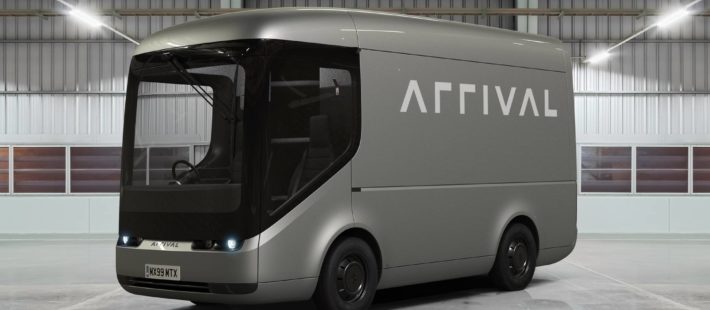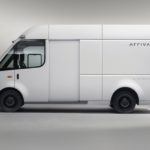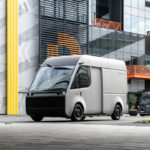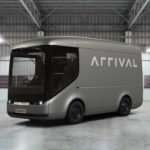As city populations increase and our consumer habits evolve, delivery lifestyle is also growing. The Arrival Van has been created to meet people’s needs born from this new lifestyle. Arrival looks to change the future of commercial vans with its new fully electric Van. It provides an elegant, efficient and sustainable solution for last-mile delivery.
The features of the new van make it particularly efficient compared to the range on the market, long life and also requires low maintenance costs. The weight, the cost and frequency of repairs of the Van in fact is lower thanks to its lightweight composite body panels and aluminum frame.
Arrival developed proprietary software allowing real-time health monitoring and predictive maintenance on the Van. The hardware and software are able to be upgraded over the life of the vehicle, so the vehicle stays up to date on maintenance and technology, yet another means of reducing costly and time-consuming repairs and extending the lifespan of the Van.
Avinash Ruguboor, president and chief strategy officer of Arrival
“We believe that the rapid growth of e-commerce has led to a much higher demand for light commercial transport in cities, increasing both congestion and air pollution. We are in the midst of an important market transition as more and more fleet managers adopt cleaner and more sustainable methods and cities adopt stricter air quality measures, we are looking to accelerate that transition with a best-in-class solution that has clear benefits, at a purchase price and TCO that makes the transition the best possible commercial decision too.”
It’s time for Radical Impact
Specifications
| GVW: | 3.5T / 4.25T |
| Height: | 2.4 – 2.7m |
| Length: |
5.1 – 6.5m
|
| Max. Payload: |
2,100kg
|
| Battery Capacity: |
44kWh – 133kWh
|
| Range up to: |
350km / 215 miles
|
| Cargo Space: |
9.0 – 17.5m3
|
| Drive: |
FWD / AWD
|
| Configurations: | Walk-in Van, Cargo Van, Chassis Van, Passenger Van |
 |
Subscribe now to our quarterly Compositi newsletter
|















